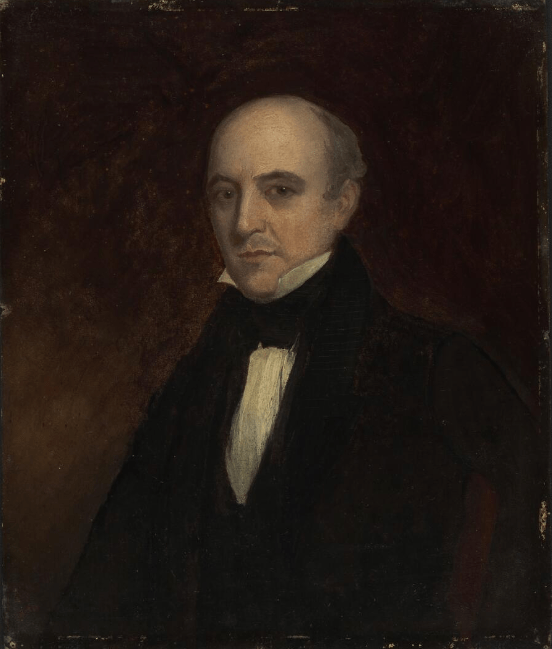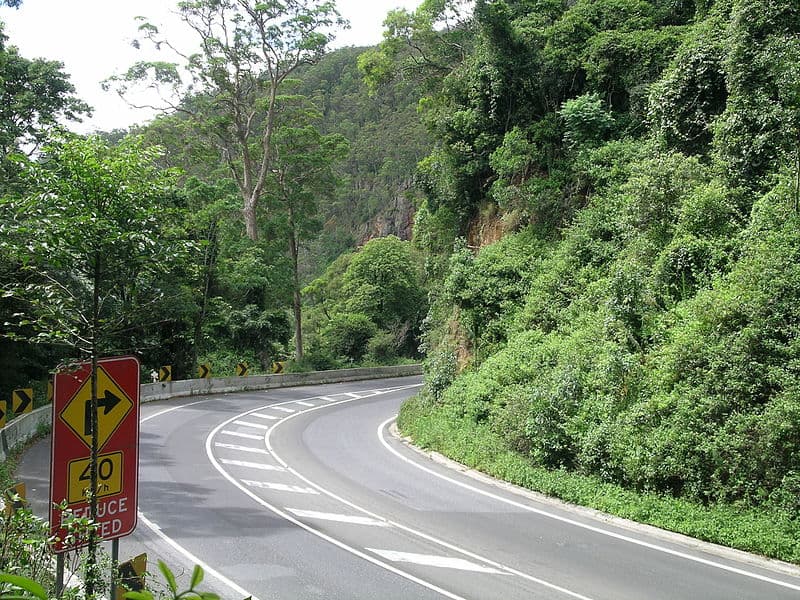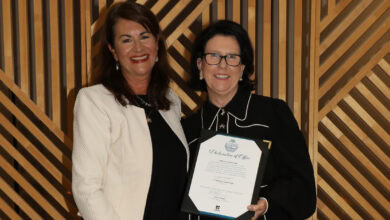
This month marks 190 years since famed explorer Allan Cunningham pitched his tent in Ipswich before going on to make one of the most important discoveries in Queensland’s history.
Cunningham was born in Wimbledon, England on 13 July, 1791 and began his working life as a conveyancer before becoming a botanist at Royal Gardens at Kew.
In 1816, he was ordered to New South Wales after spending two years working in Brazil.
Cunningham arrived at Sydney Cove on 20 December and shortly after joined John Oxley’s expedition into the country west of the Blue Mountains.
He collected hundreds of plant specimens before going on to work with Phillip Parker King until 1822.
During this time, he helped survey the Australian coasts.
Cunningham discovered Pandora’s Pass through the Liverpool Range in 1823 and the rich grazing country of the Darling Downs in 1827.
His historic visit to Ipswich came in August 1828 when he came to the region with convict servants and two bullocks, and is said to have camped under a fig tree on what is now known as Cunningham’s Knoll on Queen Victoria Parade.
Cunningham stayed in Ipswich for five days, during which time he took compass bearings of the distant mountains before going on to discover what is now known as Cunningham’s Gap.



Cunningham’s Knoll prior to the rock terraces being constructed.

Cunningham’s Knoll in 1952. Photo courtesy Picture Ipswich.

Cunningham’s Knoll is on Queen Victoria Parade.
The discovery was significant because it opened a more direct route for graziers and farmers of the Darling Downs to get their products to the coast for transport.
Cunningham travelled on the right hand side of the Gap whereas the highway motorists know today runs on the left hand side.
To commemorate Cunningham’s efforts and the role his stop in Ipswich played, a monument was erected on Limestone Hill.
The terraced rock gardens were constructed during the Great Depression and as well as honouring Cunningham, they served to generate much-needed work for locals at a time of very high unemployment.
Cunningham returned to England in 1831 where he worked to organise his collections.
He returned to New South Wales in 1837 but unhappy with his employment decided to move to New Zealand in 1838.
Ill health prompted him to move back to Sydney in late 1838 and although he continued collecting, his health steadily deteriorated. Cunningham died on 27 June, 1839 in Sydney.
It has been said that Cunningham’s discovery of the rich agricultural area of the Darling Downs and the gap leading to them “was of such importance in itself as to justify all his journeys”.


4
5